6 Essential Cinematography Tips in Stanley Kubrick’s Barry Lyndon
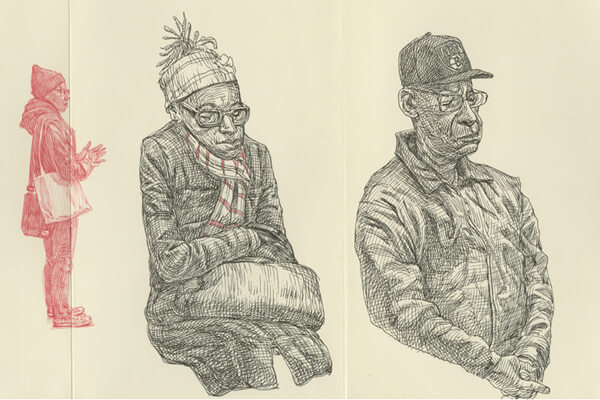
For those just getting into the oeuvre of Stanley Kubrick, Barry Lyndon can seem like the redheaded stepchild in his body of work. It lacks the groundbreaking psychedelic effects of 2001: A Space Odyssey, the sleek brutalist ultra violence of A Clockwork Orange, and the dread-inducing Grand Guignol soul horror of The Shining. In fact, on paper, Barry Lyndon kinda sounds like the cinematic equivalent of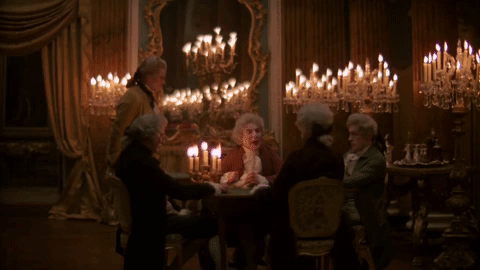 homework: a three hour 18th century costume drama starring one of the most derided actors of the 70s that flopped at the box office? It’s no wonder that nascent cinephiles often end up putting off watching this film for as long as they can. It’s also a pity: not only is Barry Lyndon one of Kubrick’s best films — a witty, suspenseful, moving tale of a roguish Irish farm boy (Ryan O’Neal) who grifts and cons his way to the top of British high society before facing a precipitous fall from grace — it is arguably Kubrick’s most visually stunning film. There are individual frames of Barry Lyndon that could be blown up, framed, and displayed on the walls of any fine art museum in the world. To attain those sumptuous images, Kubrick had to figure out a way to shoot scenes that were only lit by candlelight, and how to mimic on film the look of an 18th century painting. In honor of the film’s recent Criterion reissue, here’s how he and cinematographer John Alcott accomplished just that:
homework: a three hour 18th century costume drama starring one of the most derided actors of the 70s that flopped at the box office? It’s no wonder that nascent cinephiles often end up putting off watching this film for as long as they can. It’s also a pity: not only is Barry Lyndon one of Kubrick’s best films — a witty, suspenseful, moving tale of a roguish Irish farm boy (Ryan O’Neal) who grifts and cons his way to the top of British high society before facing a precipitous fall from grace — it is arguably Kubrick’s most visually stunning film. There are individual frames of Barry Lyndon that could be blown up, framed, and displayed on the walls of any fine art museum in the world. To attain those sumptuous images, Kubrick had to figure out a way to shoot scenes that were only lit by candlelight, and how to mimic on film the look of an 18th century painting. In honor of the film’s recent Criterion reissue, here’s how he and cinematographer John Alcott accomplished just that:
WATCH BARRY LYNDON ON AMAZON:




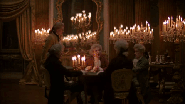
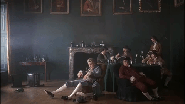
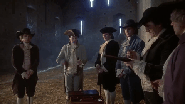
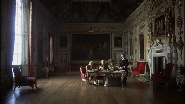



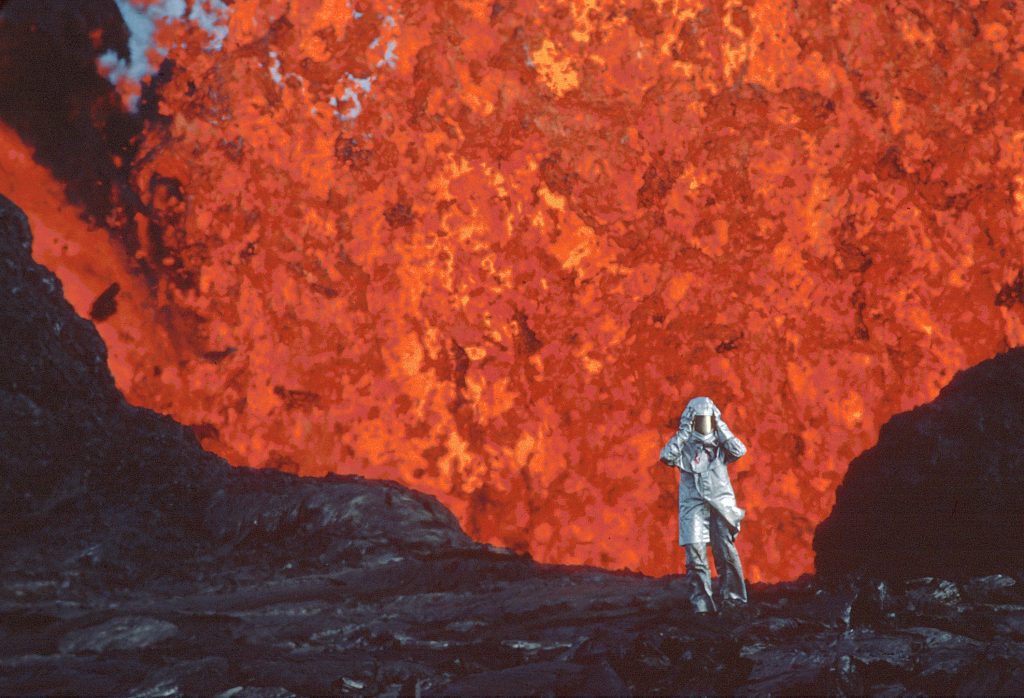
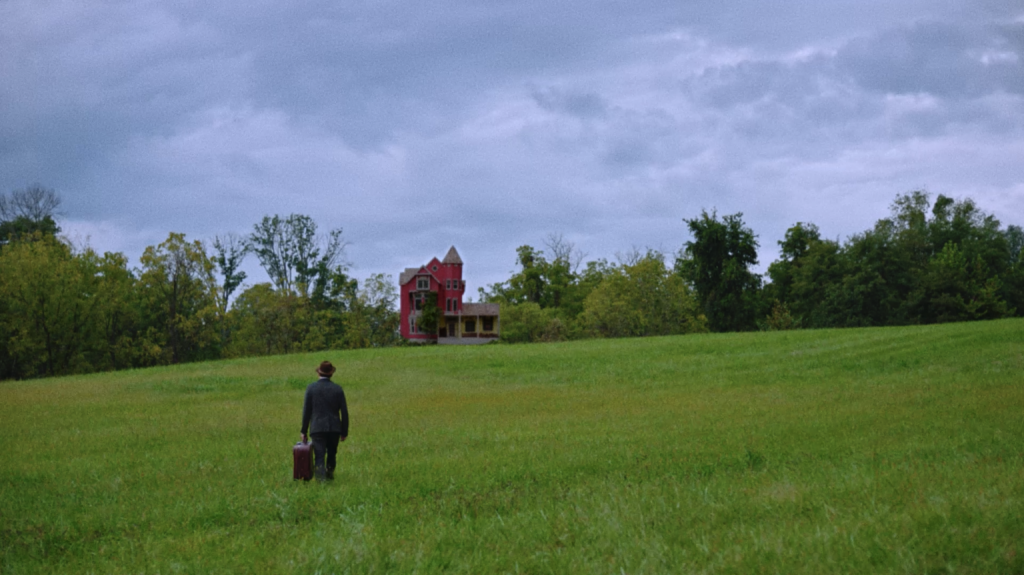


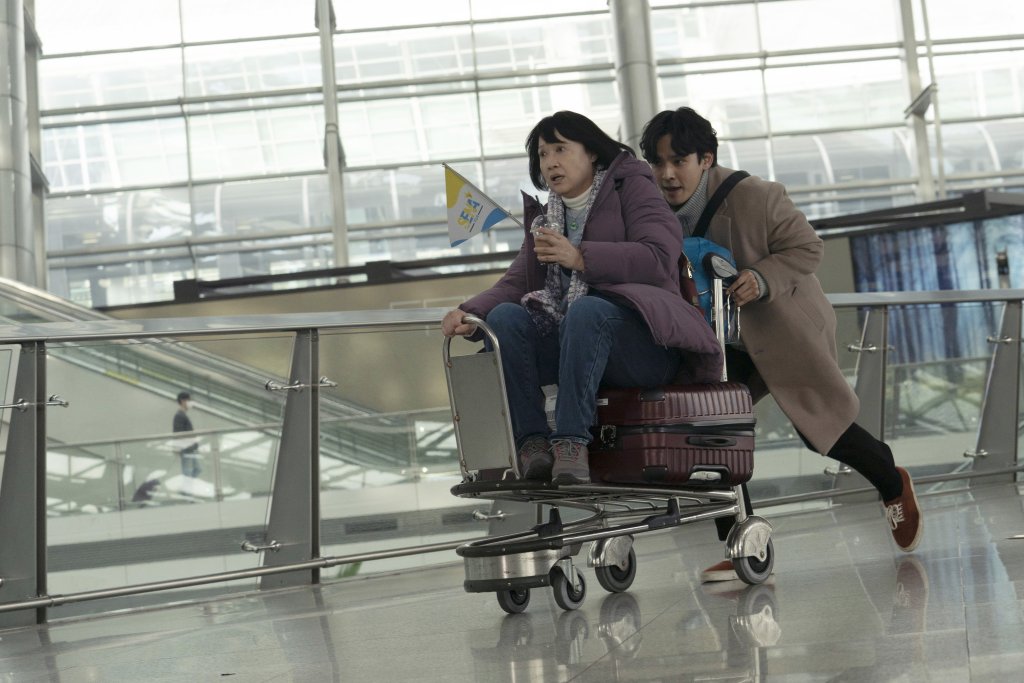
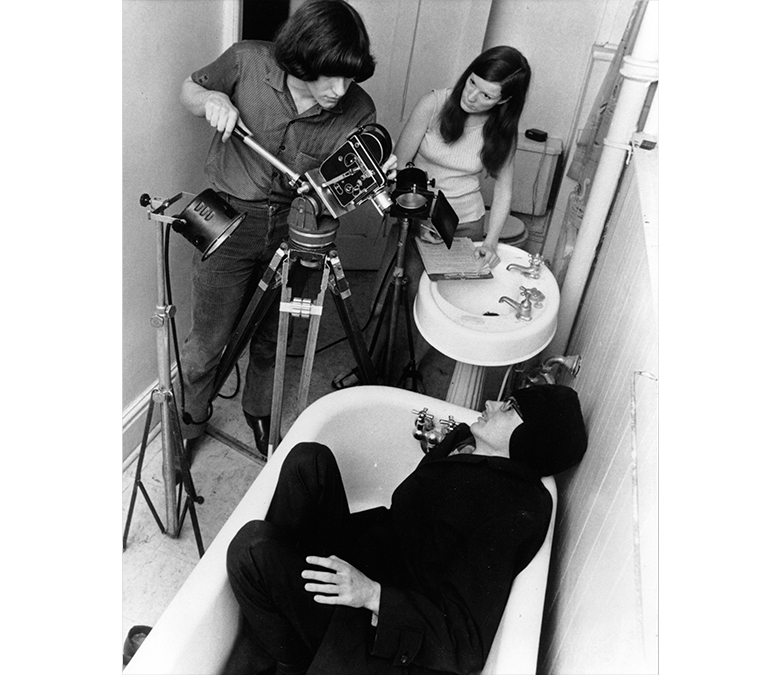
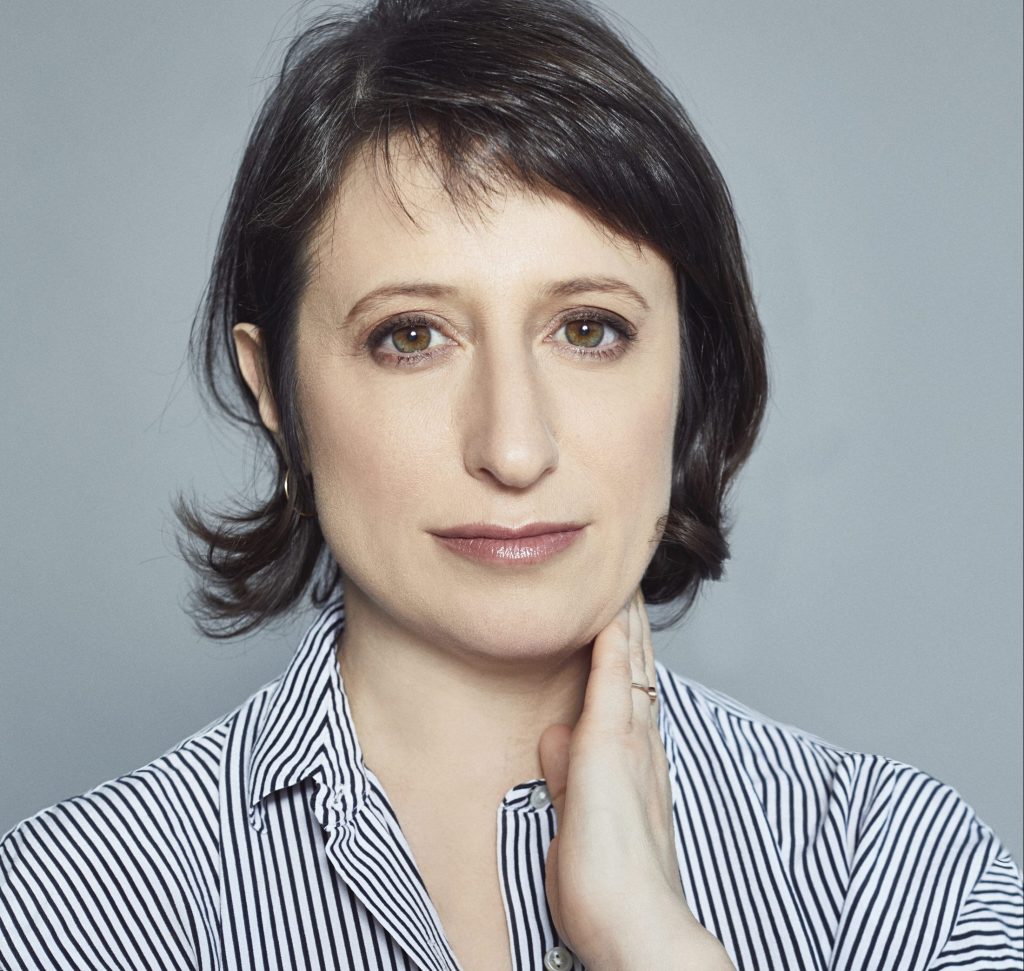
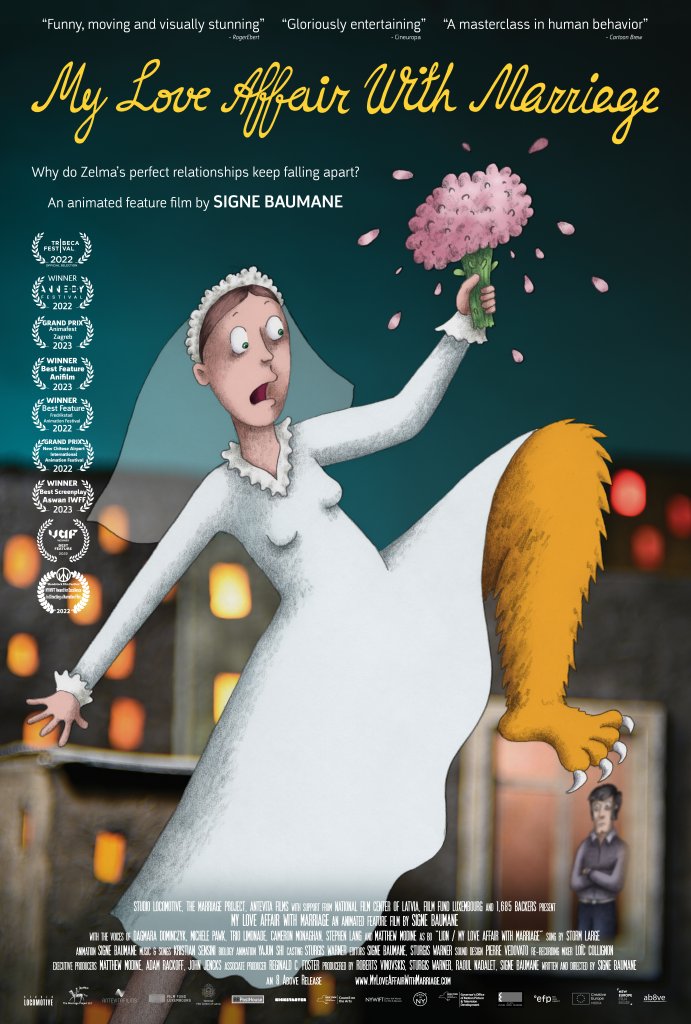
Responses